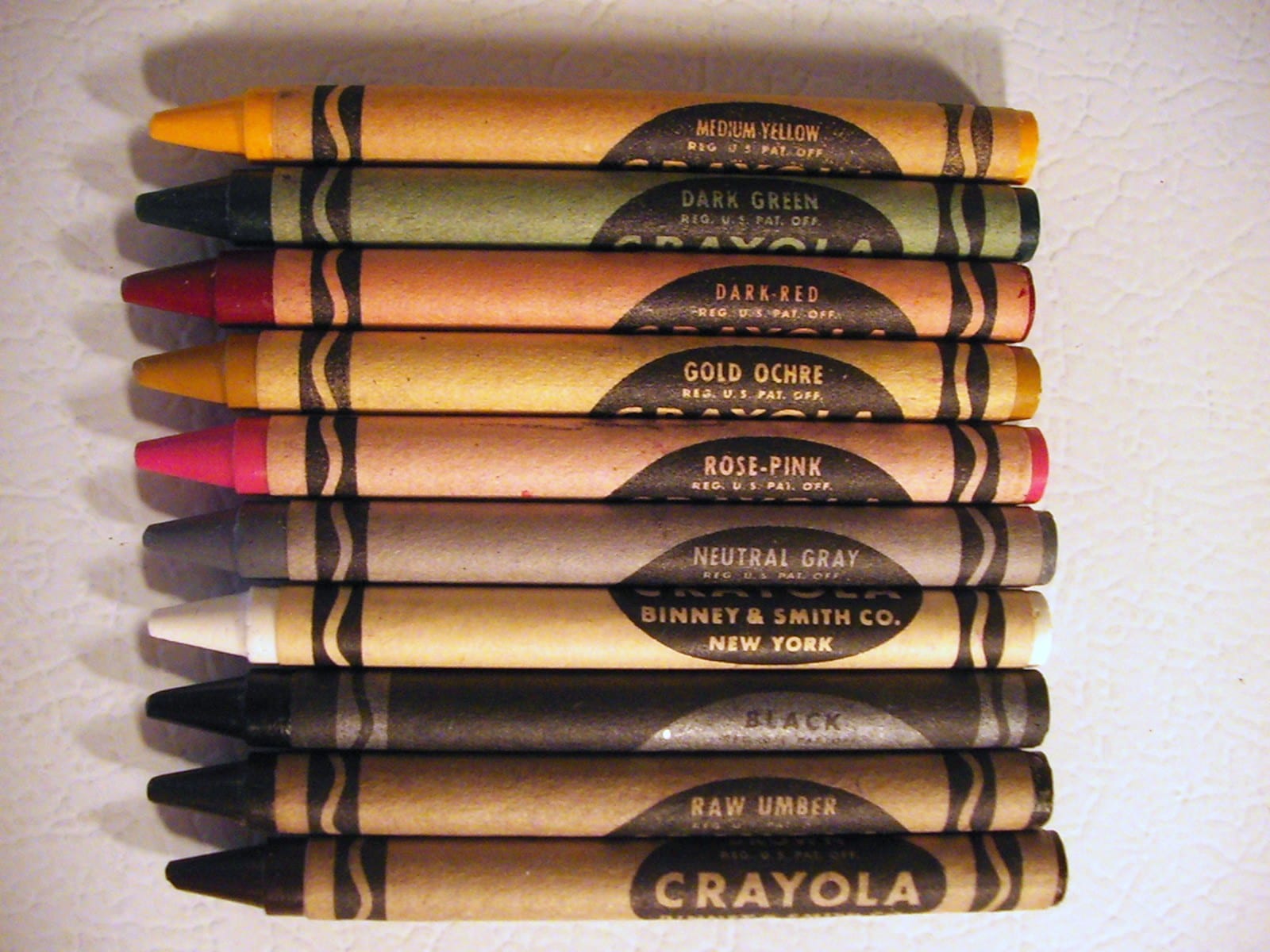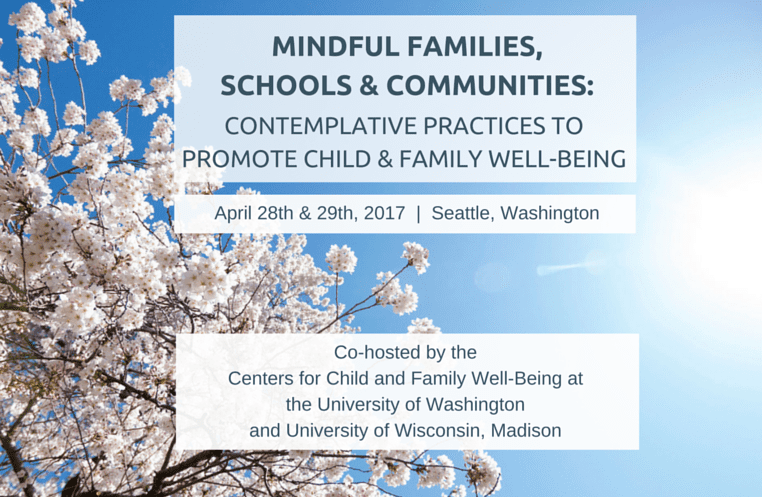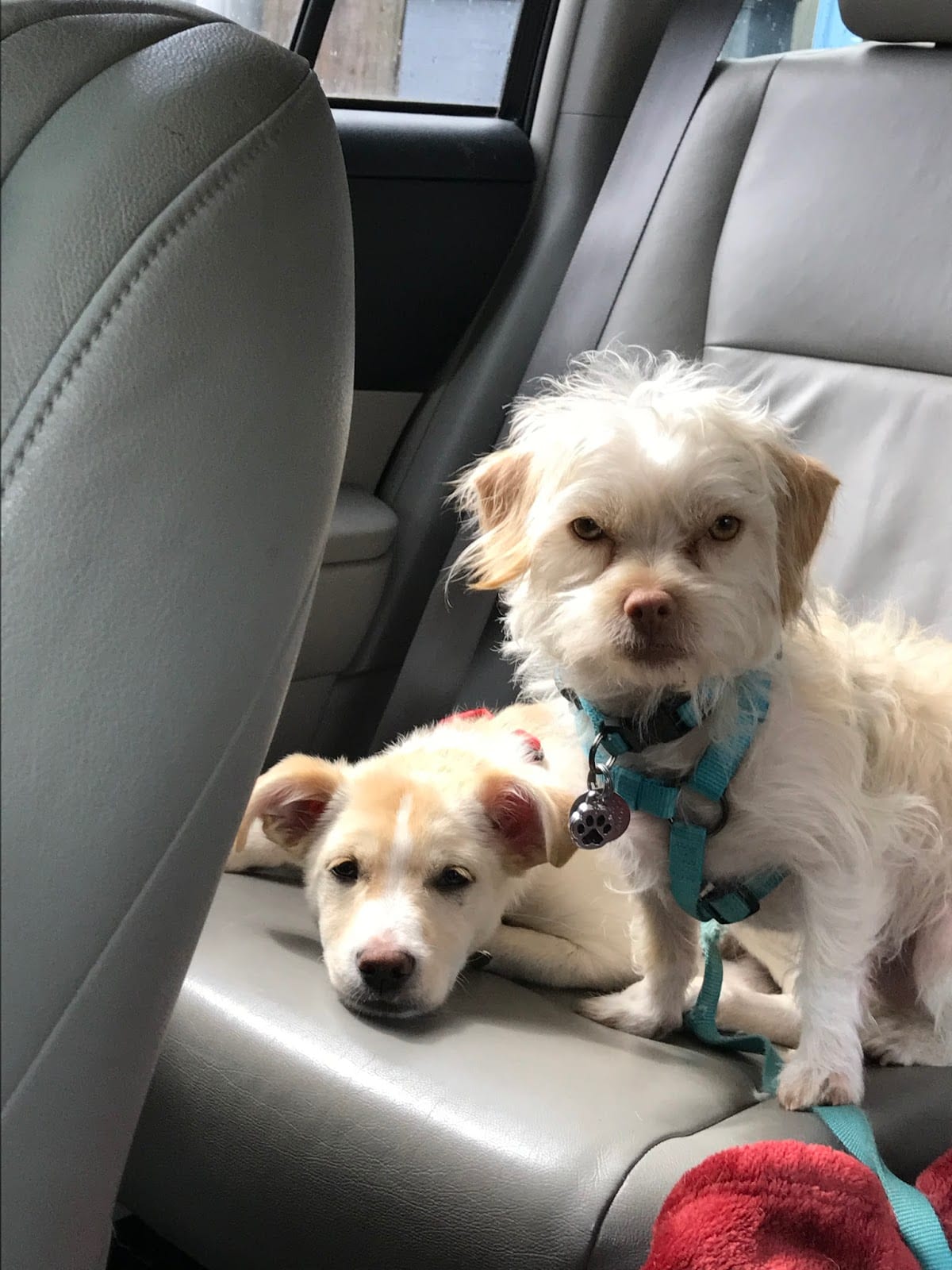
What is it about having that breeds wanting?
Last week my oldest, who I hadn’t seen for nearly six months, managed to get four days off of work in a row and she flew out for a visit and a rest. Seeing her reunite with her sister and her best friend, waking up and walking out of my room to see her sound asleep in the guest room, having coffee with her in the morning – it was exquisite. And I found myself longing, thinking, more of this, please! I also found myself dreading the moment she got on a plane to return to her life thousands of miles away.
It is exhausting perching on the point of now, toes crammed together on the peak, looking at the down slope of what could be (and often, what I wish for) on one side and on the other, looking at the down slope of what has been and what might have been different. My mind races forward and back like a dog chasing seagulls on the beach, imagining, hoping, wishing, lamenting, preparing for the end of what is.
It is in those moments when I can dial back my perception to the now, imagine the tip of this present time flattening out, stretching to let my feet stand firm, toes spread wide, that I begin to find gratitude and let go of longing. I lose the fear of what could have been or what might be and practice – shaky but resolved – appreciating what is. In those times, I am able to remember to notice the joy of being with beloveds, pay attention to the laughter and the way the light falls and the smell of jasmine on our walk through the neighborhood. My mind tugs at me, wanting to find a way to prolong it, reproduce it, prevent it from ever stopping. It is surprising how insistent that impulse is, how quickly it can make me stand back up on tiptoe and lose my balance.
I am trying to remember that our bodies can only ever be in the Now, while our minds are almost always in the past or the future. And while being in my body can sometimes feel incredibly scary, with its pockets of fear and unprocessed pain, in the present moment, more often than not, I am safe, and I can find a measure of joy.
But this empty-nester thing is for real. I am 49 years old and I have never lived alone. I went from living with my sister and mom to a college dorm with a roommate, to an apartment shared with my brother, to living with my future-husband. I was married for 23 years and even after the divorce, I had my girls with me most of the time. The occasional weekend when they were away at their dad’s house didn’t prepare me for the long stretches of time alone. I am continually shocked at how rarely I go to the grocery store, prepare a full meal, talk to another human being (I talk to the dogs a lot). Everything is brand new right now and it takes effort to flatten that pinpoint Now so that I can stand, feet flat on the Earth, in full connection with this moment and remember that, at least in this second, the future is none of my business.










